By Jay Carlisle, IBO Research Director
Recognized at least as far back as Heraclitus – a Greek philosopher who said, “change is the only constant in life”, change is also a constant in ecology and in the seasons of our years and lives. In my job, I get to work with a great team of biologists at IBO as well as advise multiple dedicated graduate students on conservation-oriented research projects. Turnover is more frequent with graduate students since advanced degrees usually require 2.5 – 5+ years but also happens with full-time staff on occasion – and in the last year some talented folks have graduated/moved on and we’ve welcomed others to “the team”.
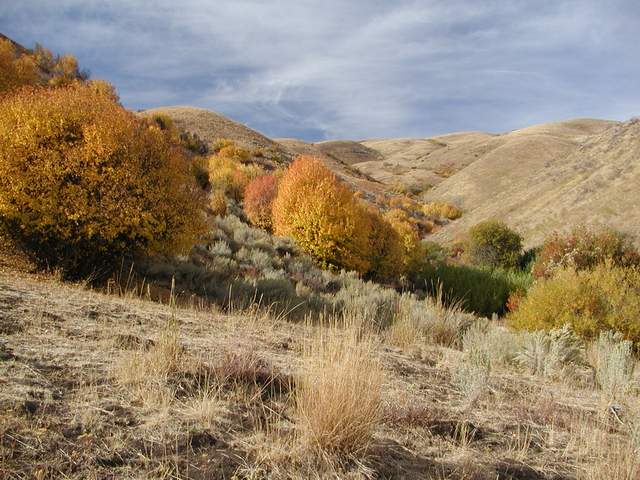
Thus, I write this to thank our former employees and students for their hard work, welcome the new arrivals, and celebrate our current team!
Students: After 2 Master’s students that I was advising (Jamie Burke and Teague Scott – woohoo!) finished their thesis in 2020, at the end of 2021 I was also able to congratulate Kristina Parker, a student I co-advised, on completing her thesis focused on reptile ecology on the Morley Nelson Snake River Birds of Prey National Conservation Area. Kristina is now gainfully employed at the US Geological Survey Snake River Field Station working in their conservation genomics lab – congrats Kristina!!

As a naturalist at heart who works almost exclusively with bird conservation, I enjoyed the chance to learn more about snakes and lizards and some of the conservation challenges they face here.
I also enjoyed co-advising a Mozambican Master’s student Domingas Matlombe on her thesis that focused on the foraging ecology of African vultures and human attitudes and perceptions towards vultures, an important complement to our other vulture research in Mozambique, Africa.
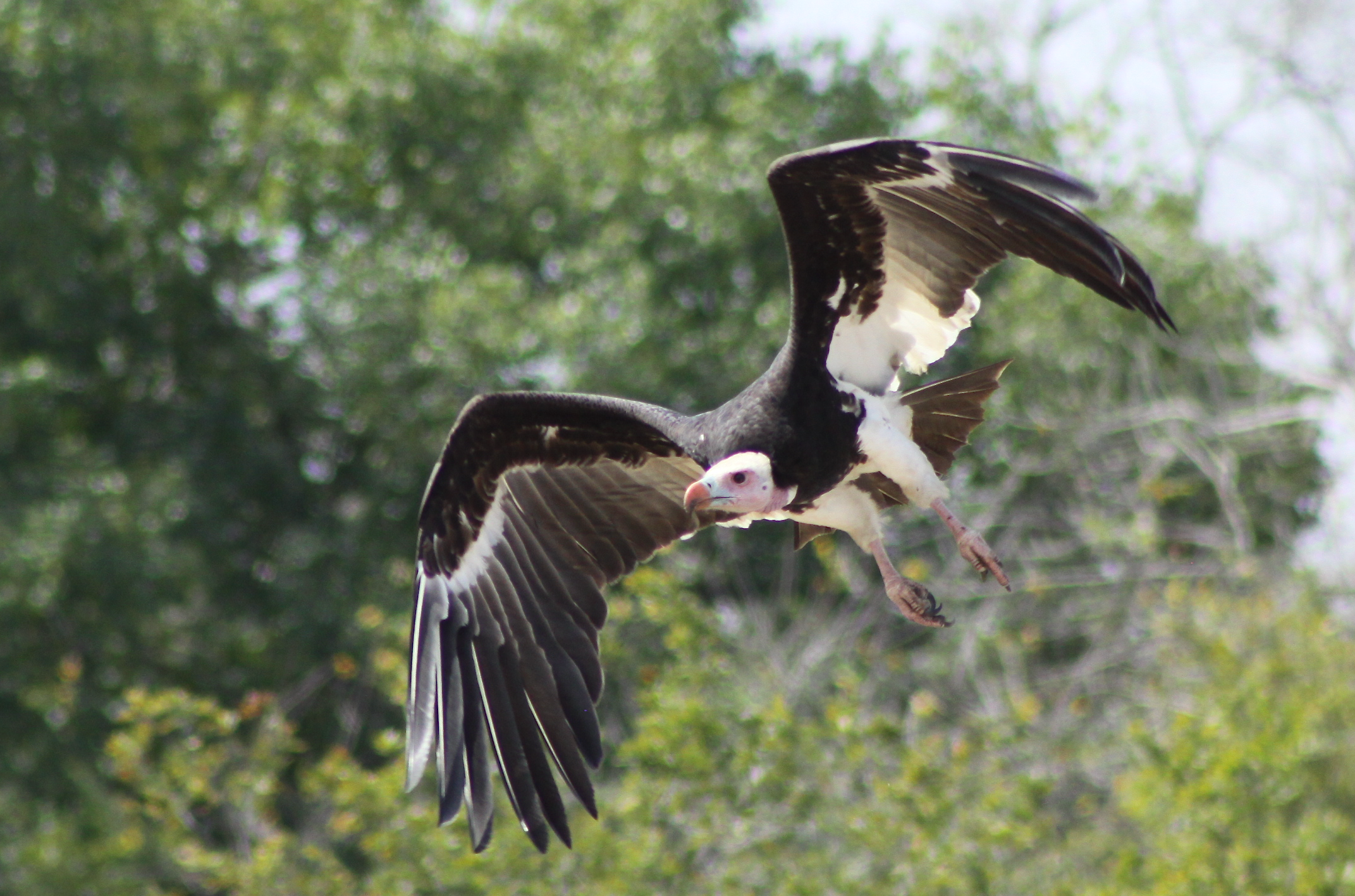
I’m now advising 3 students: 2 PhD and 1 Master’s, all of whom are working on great projects with very tangible conservation applications. Madeline Aberg is on track to defend her PhD dissertation (entitled, “A Coupled Human and Natural Systems Approach to Studying Recreation on Public Lands”) in December 2022. She’s accomplished a lot already, including co-authoring an important publication documenting illegal killing of protected wildlife and presentations at many conferences.
I’m excited to see her compelling chapters on the path towards peer-reviewed publications!
I’m also tickled that she was just invited to present her research to the Bureau of Land Management’s Leadership Team for Idaho – a sign of how necessary her research is.
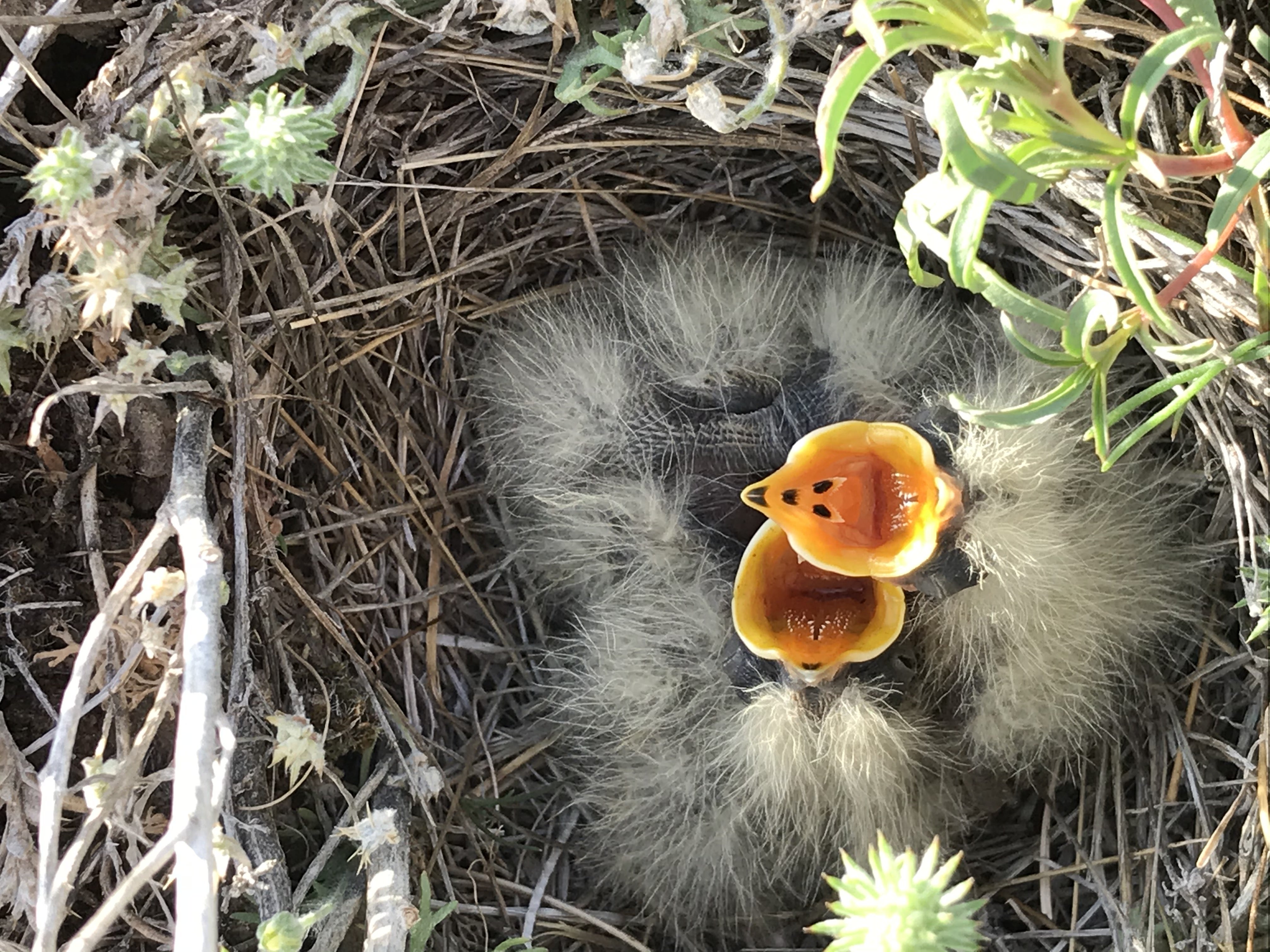
As I write this, Rebecca Bishop is in Mozambique for the final stage of data collection for her Master’s thesis focusing on vulture ecology in Gorongosa National Park and is preparing a presentation for the Pan African Ornithological Congress she’ll attend in Zimbabwe later in November. Following up on Teague’s important research on movement patterns of vultures in Gorongosa, Rebecca is examining detailed habitat use patterns.
She is also doing some very cool drone-based quantification of habitat and vegetation at nesting sites!
Both of these components will be important contributions for the critically endangered species we’re studying . She is on track to defend her thesis by summer 2023.
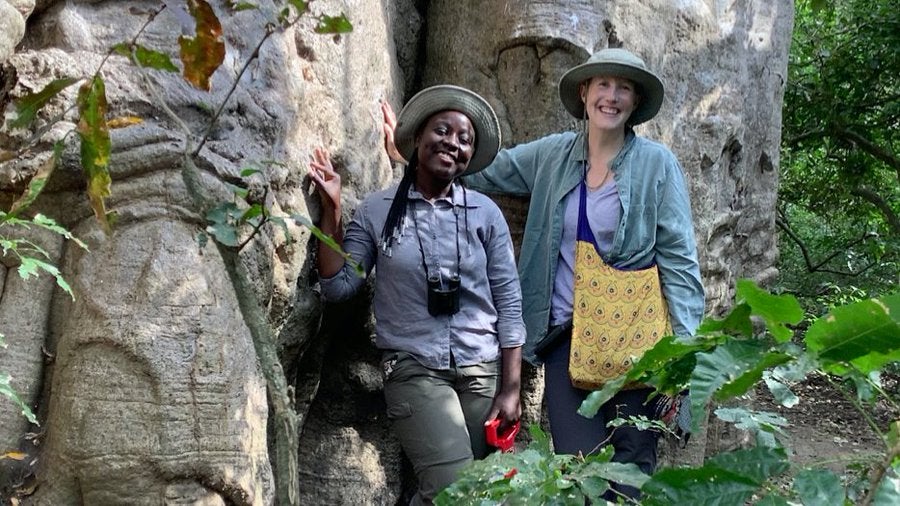
Our newest PhD student is Brittanie Loftin, who recently completed her Master’s on the genetics of one of my favorite raptors – the Mississippi Kite! Her PhD research will focus on Cassia Crossbills, Northern Goshawks, and the human dimensions of habitat conservation for these and other species in the Albion Mountains and South Hills of southern Idaho – the entire range of Idaho’s only endemic bird, the Cassia Crossbill. Fortunately, because my social science experience is limited, Brittanie will be co-advised by Dr. Megan Cattau in Boise State’s Human Environment Systems program who’s already been great to work with and I’m excited to see what Brittanie’s research will reveal!
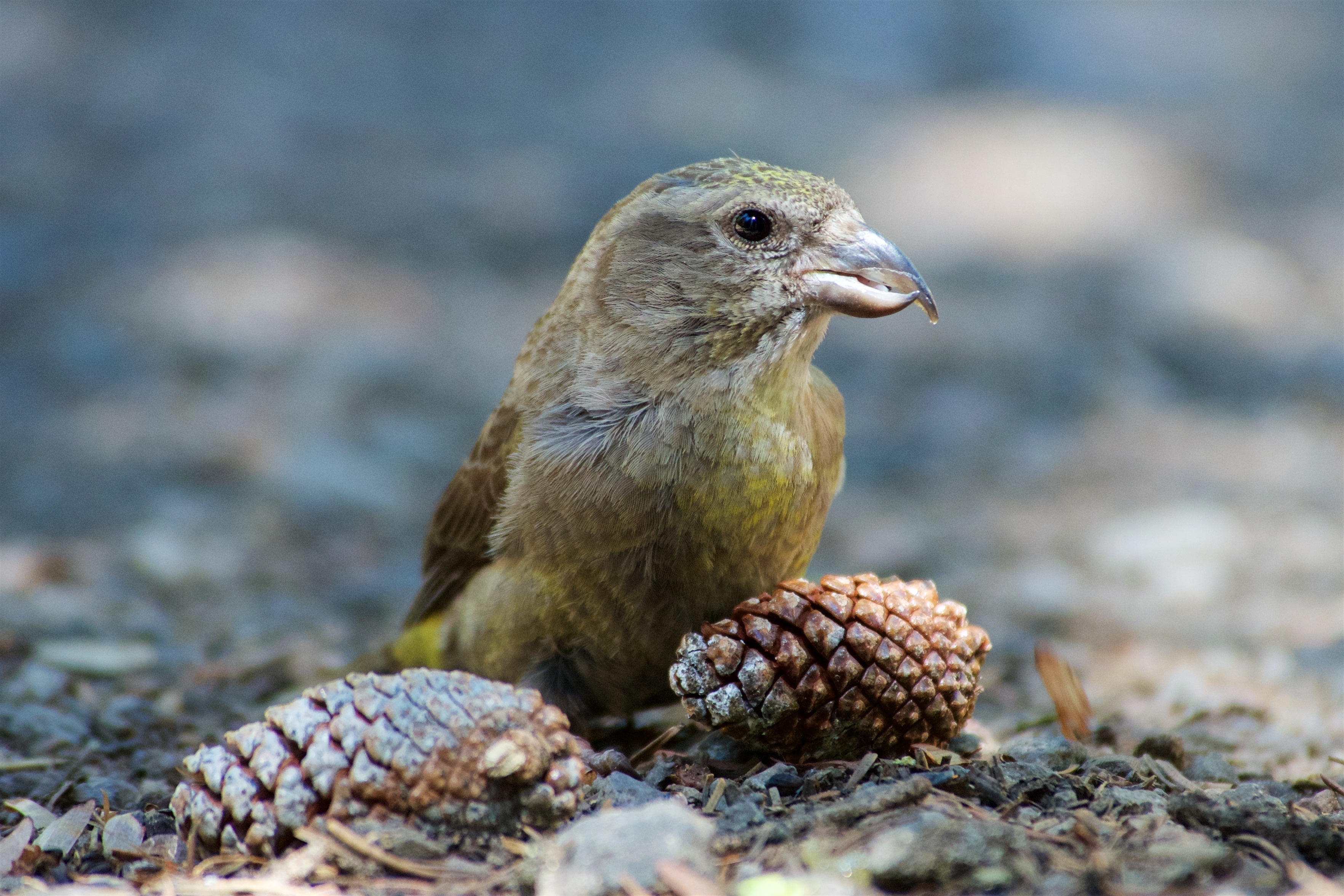
Staff: During the spring of 2022, we said goodbye to 2 mainstays with IBO – Stephanie Coates and Jessica Pollock – both of whom moved on to new challenges.
It’s not easy to say goodbye …
… especially to high quality people/dedicated employees, but I/we also want what’s best for each person. Thus, I’m quite pleased to report Stephanie has taken her talents to Point Blue Conservation Science in California where she’s focused especially on monitoring and conservation of the Near Threatened Snowy Plover. These are ‘slightly’ smaller shorebirds (*wink*wink*) than the Long-billed Curlew she studied with IBO, both during her Master’s thesis and afterwards when she joined IBO for several years of curlew and Yellow-billed Cuckoo work.
One of Stephanie’s passions is creating compelling science communication tools from the data she collects and we recently agreed to have an animation of Long-billed Curlew movements that she created be included in materials for a K-12 science textbook.
Talk about making a lasting educational impact for future generations of scientists!
Meanwhile, after more than a decade of sustained work for IBO that included initiating our popular hummingbird monitoring project and working on a variety of songbird, raptor, and curlew projects, Jessica was recruited into a great opportunity for her with WEST, Inc. focusing on renewable energy. THANKS VERY MUCH Stephanie and Jessica for your high quality work!
To complement our core research and community science team, we recruited Jennifer Boisvert in early 2022.
She joined our crew of research biologists– Heather, Jeremy, and Rob–who all continued to do stellar work this year. Jennifer comes with loads of prior experience, including a Master’s thesis focused on Sharp-tailed Grouse.
Having worked as a seasonal biologist for IBO on several prior occasions, it was an easy decision to offer her a role to help us with our standardized bird survey efforts, especially our IMBCR efforts in Montana and partnering with World Wildlife Fund to collect bird data as part of their sustainable ranching programs in the Great Plains. Jennifer has also played a key role in our relatively new Cassia Crossbill project, including leading the fieldwork effort in both 2021 and 2022. Welcome Jennifer!
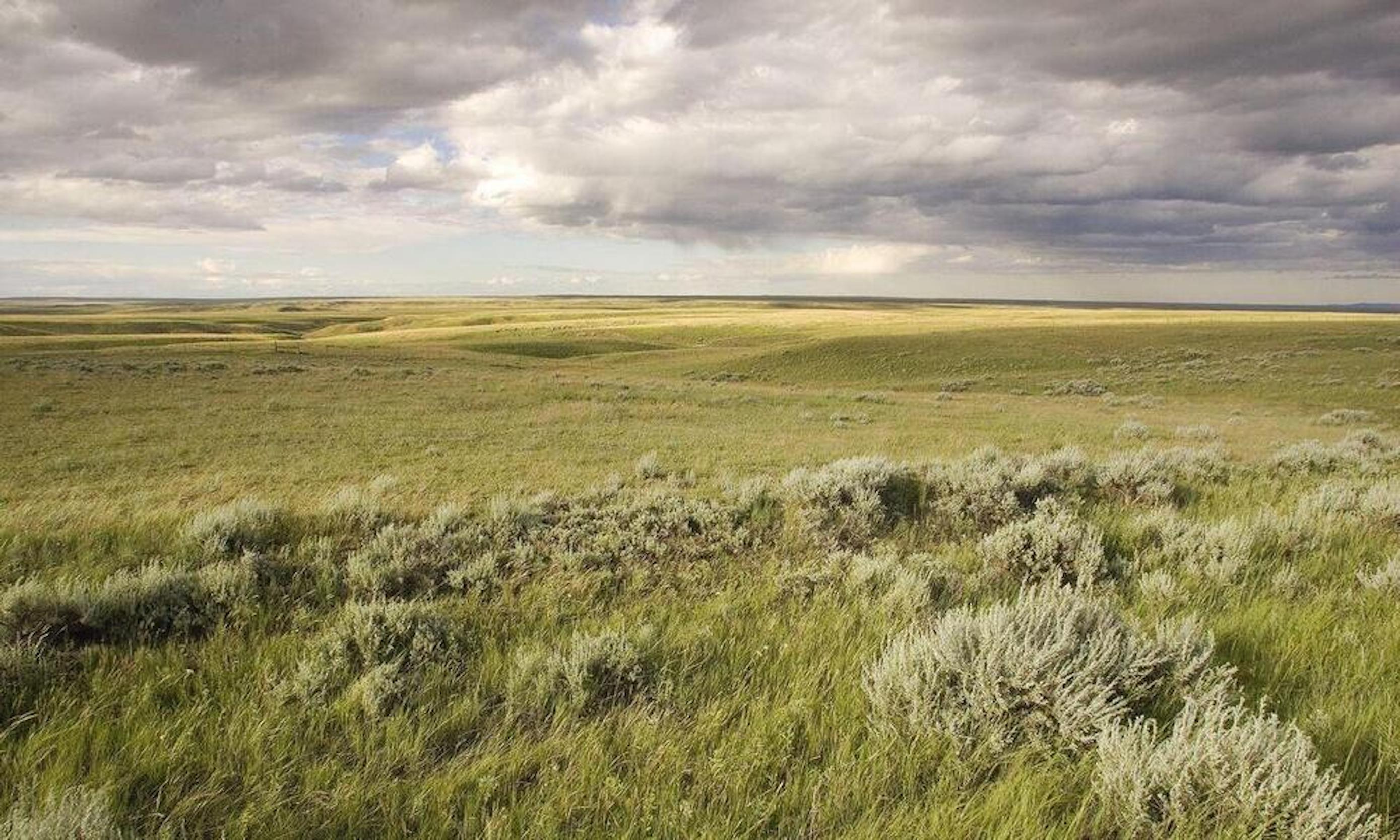
Last but not least, I’ve just started the process of hiring another team member and I’m excited to welcome Lesley Howard as a Research Biologist starting this winter! Lesley has been a GREAT employee during 3 prior IMBCR field seasons for us and she’s looking forward to taking on more responsibilities and diversifying into other projects – potentially including survey efforts for Yellow-billed Cuckoo and Pinyon Jay.
This article is part of our 2022 end of the year newsletter! View the full newsletter here, or click “older posts” below to read the next article.
Make sure you don’t miss out on IBO news! Sign up to get our email updates.
